But with options like 4000K and 6000K LEDs available, which is better for your specific needs? In this blog post, we’ll delve into the characteristics, applications, pros, and cons of 4000K and 6000K LEDs.
By the end, you’ll have a clear understanding of which LED color temperature best suits your particular application, ensuring an optimal balance of aesthetics and functionality.
What is Color Temperature?
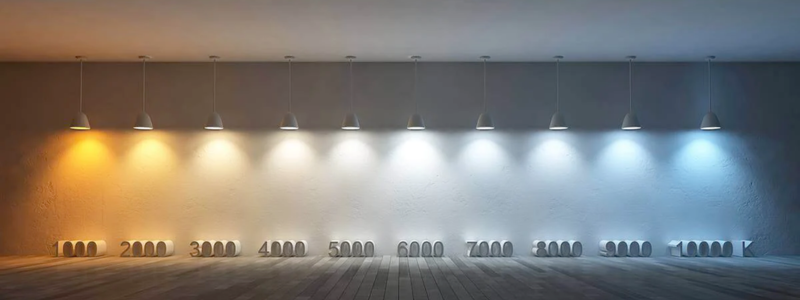
Color temperature refers to the perceived color of a light source and is measured in Kelvin (K). It describes how “warm” or “cool” a light appears, affecting not only the look of a space but also the mood it generates. The Kelvin scale starts from “warm” colors like reds and oranges (around 2000K to 3000K), moves to “neutral” whites (around 4000K), and goes up to “cool” blues (around 5000K to 6500K).
Warm colors are often used in residential settings like living rooms to create a cozy, welcoming and relaxing atmosphere. Neutral colors are commonly used in offices, retail stores, and similar spaces where clear visibility and focus are required but a purely commercial and industrial settings’ feel is not desirable. Cool colors are usually employed in task-oriented or industrial settings like hospitals, factories, and outdoor areas, where maximum visibility is crucial.
Understanding color temperature is essential when choosing lighting for both functional and aesthetic purposes. Different tasks and settings require different color temperatures for optimal comfort, efficiency, and mood.
Characteristics of 4000k LEDs

The 4000K LED lights fall under the category of “neutral white light” or “cool white light” and are among the most versatile options in the LED lighting spectrum. Their color temperature strikes a balance between the very warm white, yellowish glow of lower-Kelvin lights and the cooler, bluish tones of higher-Kelvin lights. Here are some key characteristics:
Color Appearance
When it comes to visual appeal, 4000K LEDs offer a refreshing break from the norm. The light emitted is not just bright but also remarkably clear, adding an essence of purity to the spaces they illuminate. Unlike lower Kelvin lights, which often have yellow tones cast a yellowish glow, 4000K LEDs are free from any color bias, delivering a more neutral and versatile lighting atmosphere.
Typical Applications
The range of applications for 4000K LEDs is impressively wide. In commercial spaces such as offices, they provide the perfect balance between clarity and ambiance, enhancing productivity while reducing eye strain.
Retail stores often prefer them for their accurate color rendering capabilities, which make products look their best. Educational institutions also favor 4000K LEDs for their balance of focus and comfort. Moreover, these LEDs are highly effective for outdoor and residential lighting applications, including residential pathways, gardens, and common areas, offering sufficient brightness without being glaring.

Energy Efficiency
The energy-efficiency factor cannot be overstated. Like most LEDs, 4000K variants are designed to offer high levels of illumination in clean and bright environments without significant energy consumption. They are an ideal lighting solution for those who are environmentally conscious or are looking to cut down on utility bills, offering bright lighting solutions that are also sustainable.
Mood and Focus
In terms of psychological impact, the neutral light from 4000K LEDs is a multitasker. It not only helps in maintaining focus during tasks that require concentration but also minimizes the likelihood of color distortion.
This is crucial in settings like retail stores, where the accurate color representation of products can directly impact sales. The balanced color temperature doesn’t overstimulate the senses, making it suitable for long durations of exposure.
Pros and Cons
- Pros: Versatile, energy-efficient, good for both indoor and outdoor applications, facilitates focus, and accurate color rendering.
- Cons: Might be considered too “cold” for settings requiring a warm and cozy atmosphere, such as dining areas and living rooms.
In sum, 4000K LEDs offer a middle-ground solution for those seeking versatility, energy efficiency, and a balanced atmosphere. Whether you are lighting an office, illuminating a retail space, or adding outdoor lights to your home, 4000K LEDs bring a blend of benefits that cater to a wide range of needs.
Characteristics of 6000K LEDs
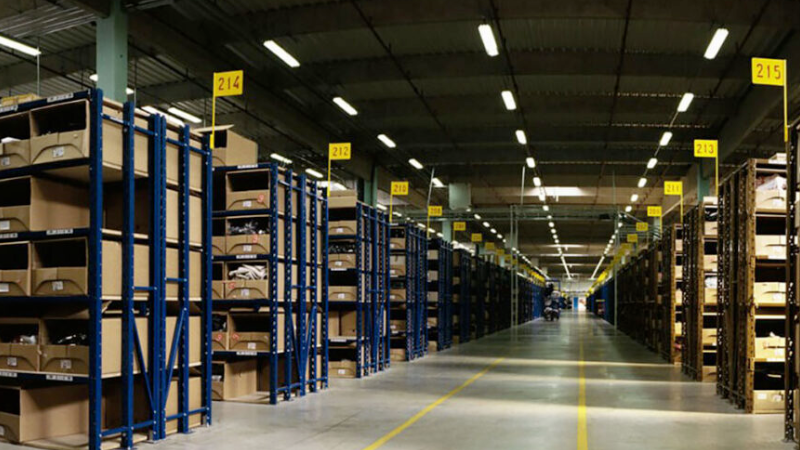
6000K LED lights are categorized as “daylight color” and produce a crisp cool white, invigorating light that is very close to natural daylight. These lights are on the cooler end of the cool white part of the color spectrum, emitting a bluish-white light. Here’s a look at some of their characteristics:
Color Appearance
When we talk about 6000K LEDs, the first thing that comes to mind is their remarkably bright and clean light. Emitting a bluish-white glow, they closely emulate the soft white or blue color of natural daylight, which generally fluctuates between 5500K to 6500K. This attribute makes them not just bright, but also sharp and clear, offering unparalleled visibility.
Typical Applications
The high visibility afforded by 6000K lighting makes them the go-to choice for a number of specific settings that demand acute attention and clear sight. Industrial facilities and warehouses often deploy these LEDs for their vibrancy and clarity. Outdoor spaces such as parking lots and sports fields also benefit from their strong illumination. Beyond that, 6000K LEDs are frequently used for task lighting where high focus is crucial, as well as for certain specialized photography requirements where daylight-like quality and bright illumination are sought.
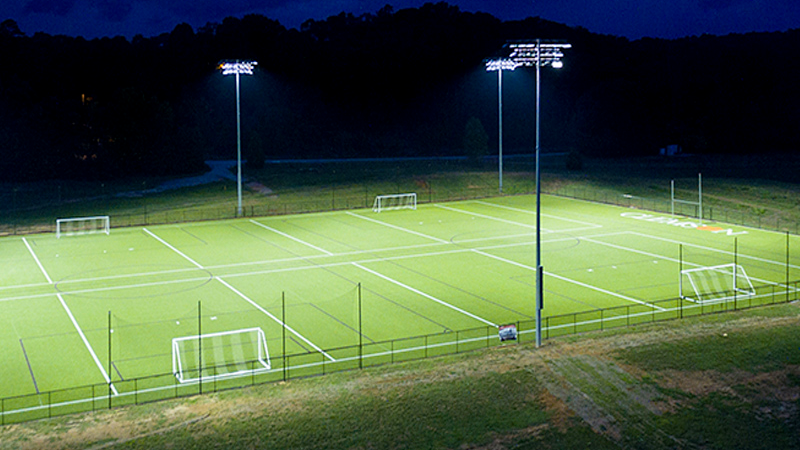
Energy Efficiency
Much like their counterparts in other color temperatures, 6000K LEDs do not compromise on energy efficiency. They deliver strong, bright light while maintaining low energy consumption, offering both eco-friendliness and cost-effectiveness. This makes them an ideal choice for long-term use in settings that require extensive periods of illumination.
Mood and Focus
One cannot overlook the psychological benefits of 6000K LEDs. Their daylight-like quality induces a state of alertness and focus that can be highly advantageous in task-oriented or high-concentration environments. They evoke a feeling of ‘natural’ light and a bright environment, making them suitable for spaces where productivity and concentration are key.
Pros and Cons
- Pros: High visibility, energy-efficient, mimics natural daylight, good for tasks requiring high focus and clarity.
- Cons: The cool, bright light can be harsh and is generally not suitable for relaxed or intimate settings.
In summary, 6000K LEDs provide an excellent option for those seeking bright, daylight-like quality in settings that demand high visibility and focus. Though they may not be ideal for relaxed or intimate environments, their energy efficiency and clarity make them a strong contender for various industrial and task-oriented applications.
Comparing 4000k and 6000k LEDs in Specific Applications
When choosing between 4000K and 6000K LEDs for specific applications, it’s essential to consider both the functional and aesthetic requirements of the space. Here’s a comparison in different settings:
Residential Settings
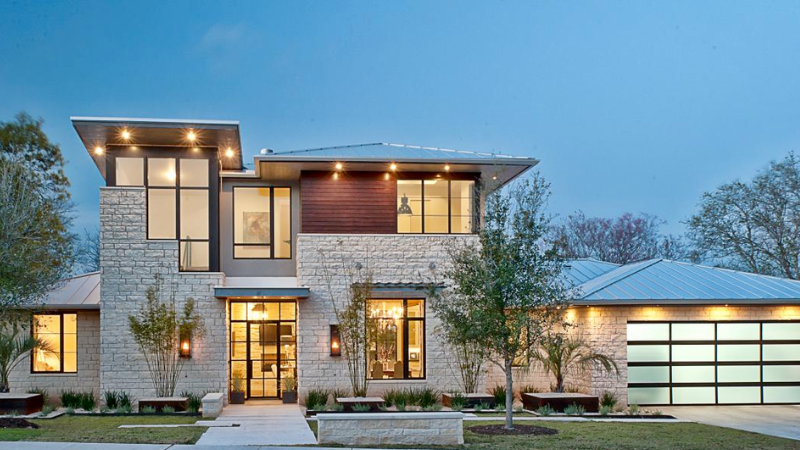
Indoor Lighting
- 4000K: Offers a neutral light that is easy on the eyes, making it suitable for living rooms, dining spaces, and even kitchens where both comfort and function are key.
- 6000K: While this cooler light may work for spaces like garages or task-oriented areas, it’s often considered too harsh and clinical for most indoor residential spaces.
Outdoor Lighting
- 4000K: Provides sufficient clarity for security while maintaining a welcoming ambiance for patios and gardens.
- 6000K: Suitable for areas that require high visibility, like driveways, but may be too glaring for a relaxed outdoor environment.
Commercial Settings
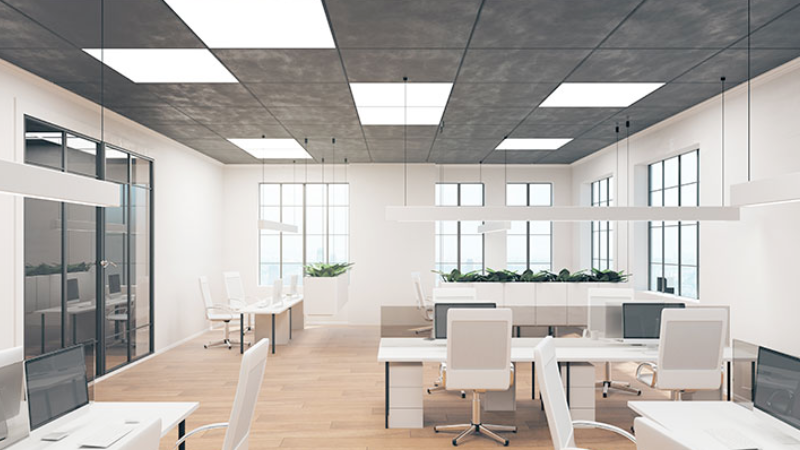
Offices
- 4000K: Ideal for minimizing eye strain during long hours at work, balancing both mood and focus.
- 6000K: Although brighter, the light can be intense over long periods, potentially leading to eye strain and discomfort.
Retail Stores
- 4000K: Excellent for most retail applications due to its balanced light spectrum, enhancing the appearance of products without distortion.
- 6000K: Could make the merchandise appear unnaturally bright, thus affecting customer perception and sales.
Industrial Settings
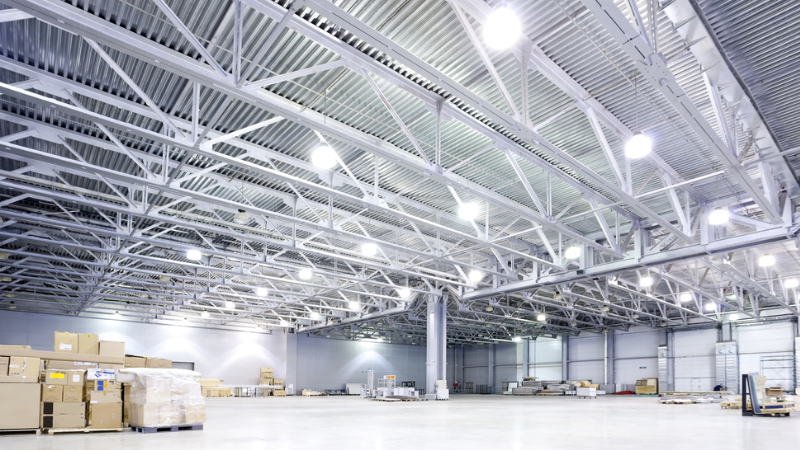
Factories
- 4000K: Suitable for general factory tasks, but may lack the brightness for high-precision work.
- 6000K: Ideal for task lighting requiring attention to detail, ensuring safety and productivity.
Warehouses
- 4000K: Adequate for general visibility but might not be sufficient for high-stacking environments.
- 6000K: Offers excellent visibility, making it easier to spot items and navigate, thus enhancing safety and efficiency.
Specialized Applications
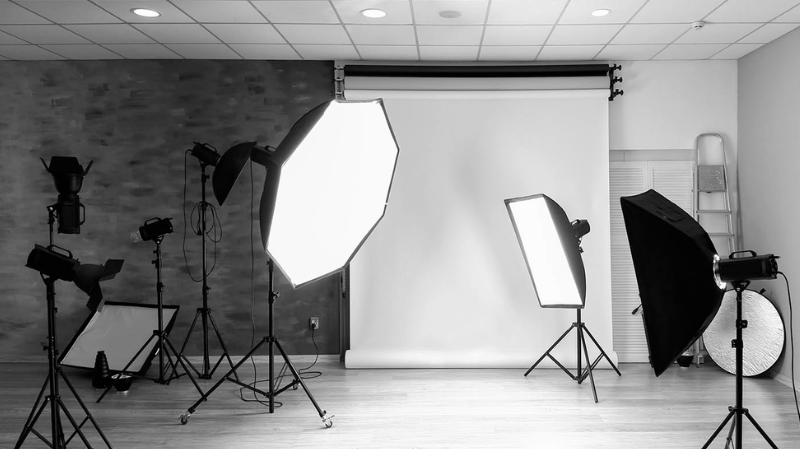
Photography and Filming
- 4000K: Provides balanced, neutral lighting but may require additional light sources for certain effects.
- 6000K: Ideal for simulating daylight conditions, offering high contrast and sharpness.
Medical Facilities
- 4000K: Frequently used due to its balance between clarity and comfort, particularly in patient rooms.
- 6000K: Suitable for surgical areas and diagnostic labs where maximum visibility and focus are crucial.
Energy Efficiency and Longevity
- 4000K and 6000K: Both are energy-efficient, but 6000K may require slightly more energy for the same lumen output.
- Longevity: Both offer similar durability, often lasting up to 25,000 hours or more, depending on the quality and brand.
Aesthetic Considerations
- 4000K: Creates a more relaxed, inviting atmosphere, making it versatile for different settings.
- 6000K: Generates a more focused but potentially harsh and clinical atmosphere.
Psychological Effects
- 4000K: Generally induces a balanced emotional state, neither too relaxed nor too alert.
- 6000K: Promotes alertness but can also contribute to stress and discomfort if used inappropriately.
Cost Analysis
- Initial Costs: Both are relatively similar in cost, depending on the brand and quality.
- Long-term Savings: Given their energy efficiency and long lifespan, both options result in significant long-term savings.
- Availability: Both are widely available, though 4000K is generally more popular for indoor applications while 6000K is favored for specialized, high-focus settings.
Understanding these specific applications and considerations can significantly aid in making the best choice between 4000K and 6000K LEDs for your particular lighting needs.
Choosing the Right Color Temperature for Different Lighting Situations
Choosing the right color temperature for different lighting situations is crucial for creating the desired ambiance and meeting functional requirements. Here’s a quick guide for selecting the most appropriate LED color temperature:
Residential Settings
- Living Rooms: Warm white light like 2700K to 3000K creates a cozy and inviting atmosphere.
- Kitchens: Bright white light (3500K-4500K) is preferred for better visibility and food preparation.
- Bathrooms: 4000K offers a good balance between warmth and clarity, perfect for grooming tasks.
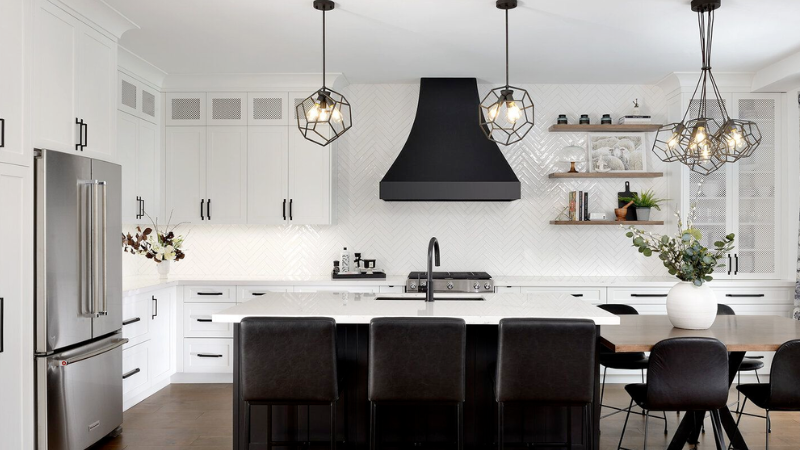
Office Spaces
- General Areas: 4000K is often chosen for its balance between clarity and comfort, reducing eye strain during long working hours.
- Conference Rooms: 3500K-4000K bright white light is suitable for creating a focused yet comfortable environment.
Retail Spaces
- Clothing Stores: 3500K-4000K allows for accurate color rendering while maintaining a welcoming ambiance.
- Grocery Stores: 4000K-5000K cool white light enhances the natural color of fruits and vegetables, making them more attractive.
Industrial Environments
- Warehouses: 6000K LEDs are preferred for high visibility and safety.
- Manufacturing Plants: 5000K-6000K helps in tasks that require focus and detail.

Outdoor Areas
- Residential: 3000K-4000K is usually sufficient for gardens or patios, providing visibility without being overly harsh.
- Parking Lots & Sports Fields: 6000K LEDs are ideal for maximum visibility and safety.
Specialized Applications
- Photography Studios: 5000K-6000K offers a balanced, daylight-like quality for accurate color reproduction.
- Medical Facilities: 4000K-4500K is often used for its balance between visibility and comfort.
In summary, the right color temperature depends on both the functional requirements of LED lighting and the desired ambiance of the space. Understanding these factors will help you make an informed choice that enhances both the utility and aesthetic of your lighting setup.
FAQs
Can I use both 4000k and 6000k LEDs in the same space?
Yes! Mixing different color temperatures can create interesting lighting effects in certain spaces like art galleries or restaurants. However, it’s important to ensure that the combination led lighting used is intentional and complements the overall aesthetic of the area.
Can I use either color temperature outdoors?
Both 4000k and 6000k LEDs can be used outdoors depending on your desired effect. For instance, if you want brighter lights to highlight architectural features or create a cozy and relaxing atmosphere in an outdoor seating area, warmer lighting (4000k) may be more suitable. Cooler lighting (6000k) works well for security lighting or illuminating large outdoor spaces.
Can I use dimmers with both 4000k and 6000k LEDs?
Yes, you can use dimmers with both 4000k and 6000k LEDs. However, it’s essential to ensure that the dimmer is compatible with the specific LED bulbs you choose. Not all dimmers are designed to work with every type of LED light, so be sure to check compatibility before installation.
Conclusion
So there you have it, a breakdown of the characteristics and differences between 4000k and 6000k LEDs. Both options have their own unique advantages depending on the lighting situation you require. If you’re looking for a more natural and warm light ambiance, then 4000k LEDs would be a great choice. On the other hand, if you need bright and cool lighting for task lighting that requires focus and attention to detail, then 6000k LEDs are the way to go.
Ultimately, the decision comes down to your personal preference and specific needs. Consider the purpose of your lighting, whether it’s for a cozy living room or a productive workspace. Experimenting with different color temperatures can also help you find what works best for you. Remember to always consider factors such as energy efficiency, lifespan, and compatibility with dimmers when making your final decision.

RC lighting can provide the perfect lighting solution
When it comes to purchasing lighting solutions, especially LED panel lights for diverse applications, RC Lighting is the go-to choice for many professionals in the field.
RC Lighting’s official website presents a comprehensive range of lighting products, going beyond just LED lights to offer a full spectrum of innovative lighting solutions. What sets them apart is their unwavering commitment to quality and energy efficiency, backed by years of research and development. Their products not only illuminate your spaces brilliantly but also contribute to energy savings and sustainability.
Whether you are in the industrial, commercial, or residential sector, RC Lighting offers tailor-made solutions that address your specific needs, ensuring that you get the optimal lighting environment. For a reliable, energy-efficient, and highly adaptable lighting system, look no further than RC Lighting.
So ask for a quote now!




